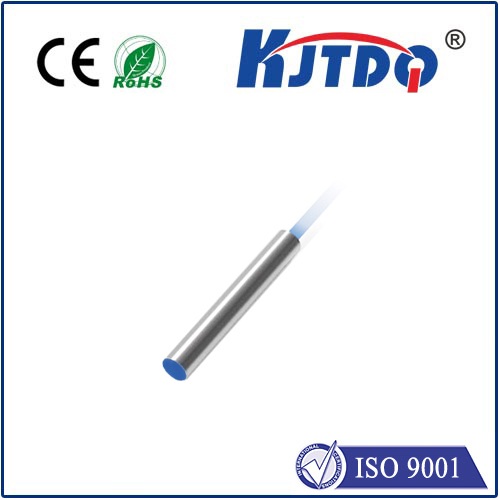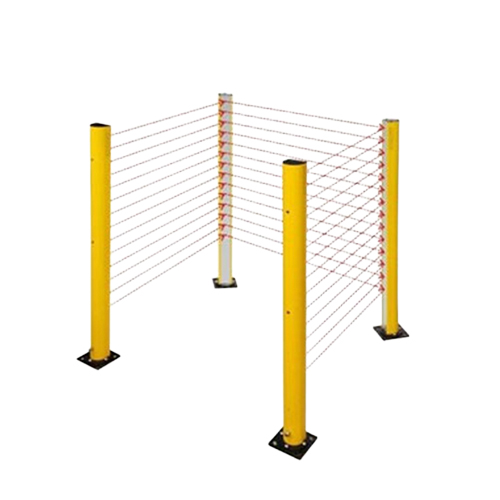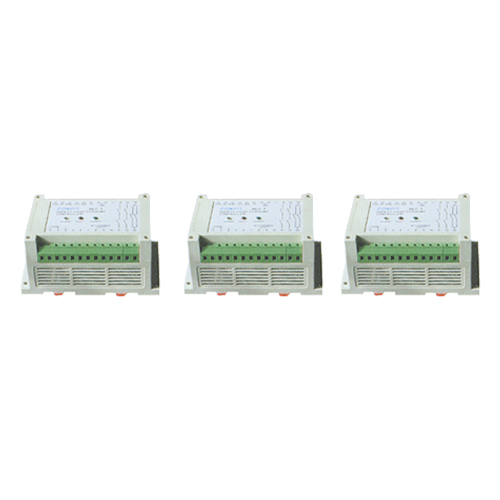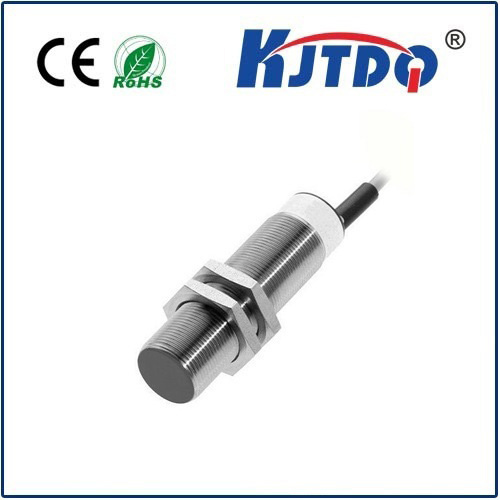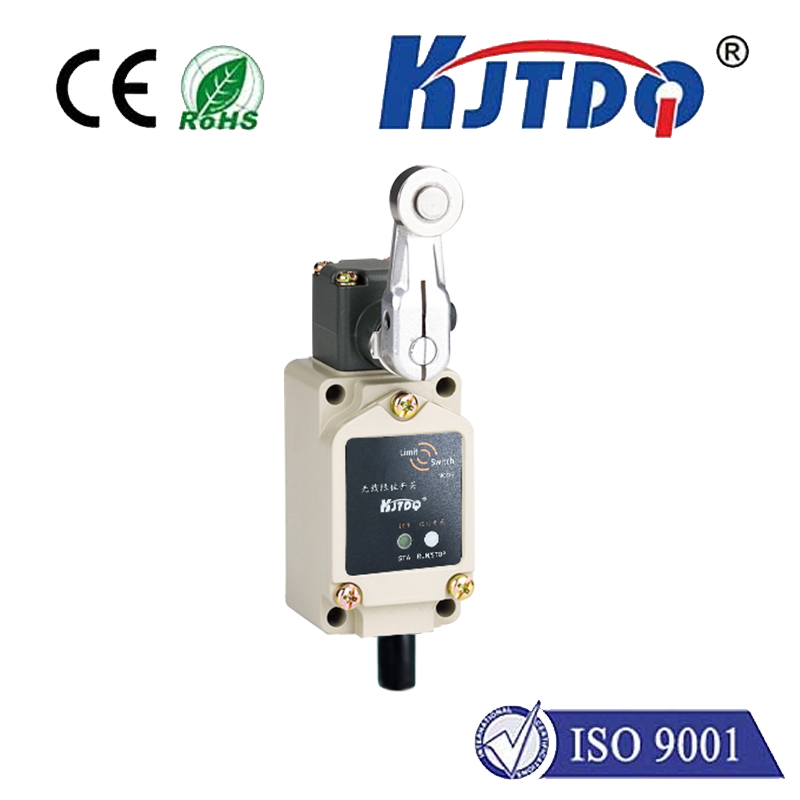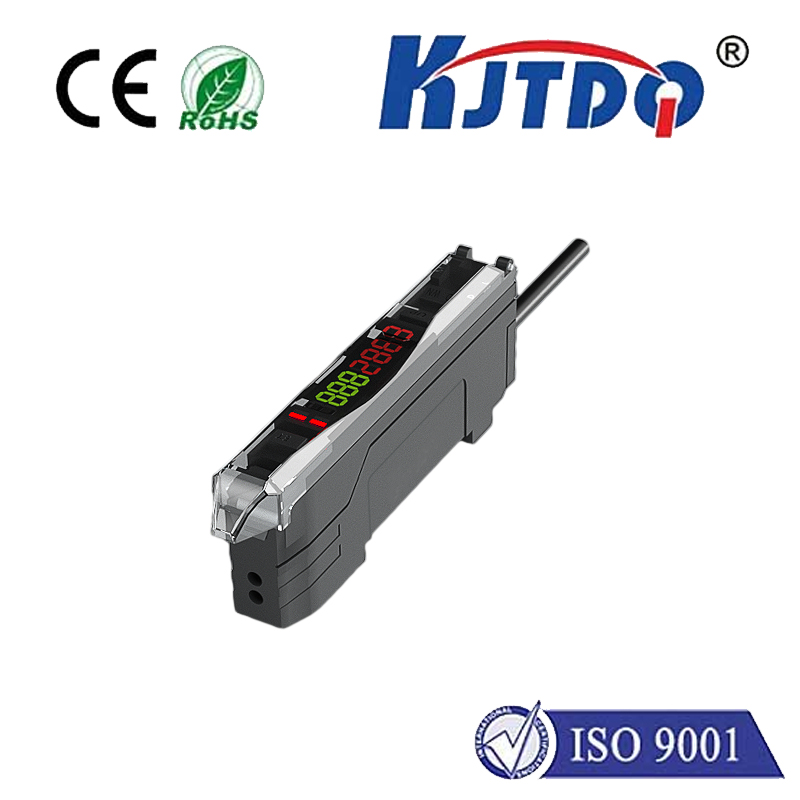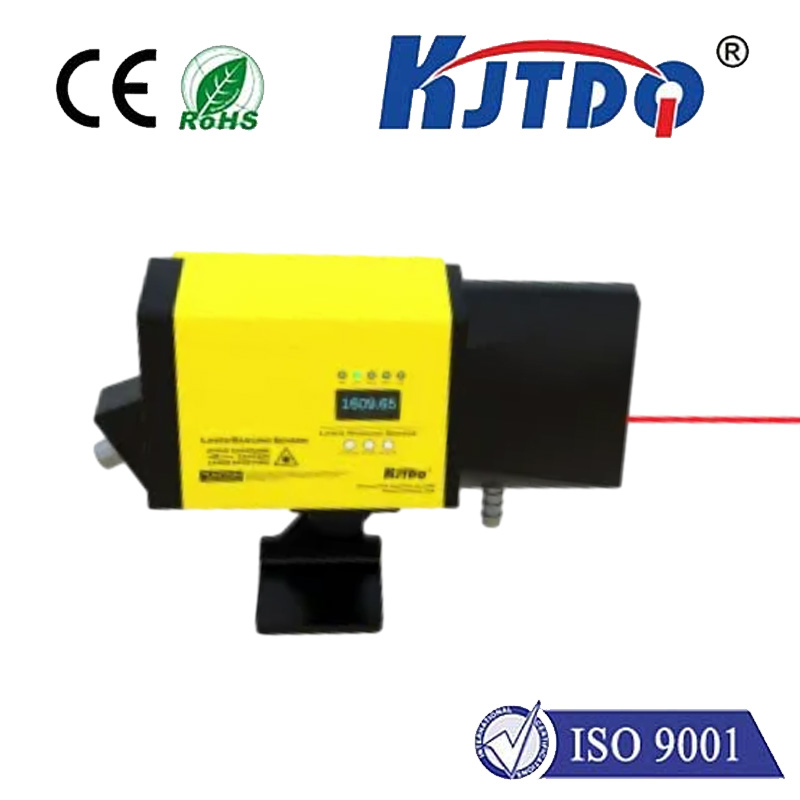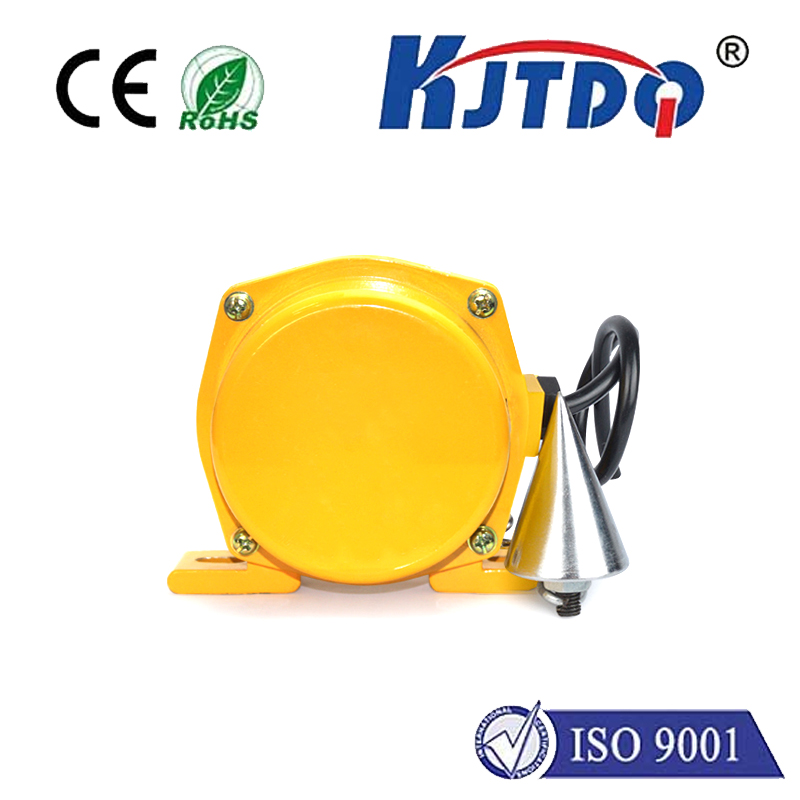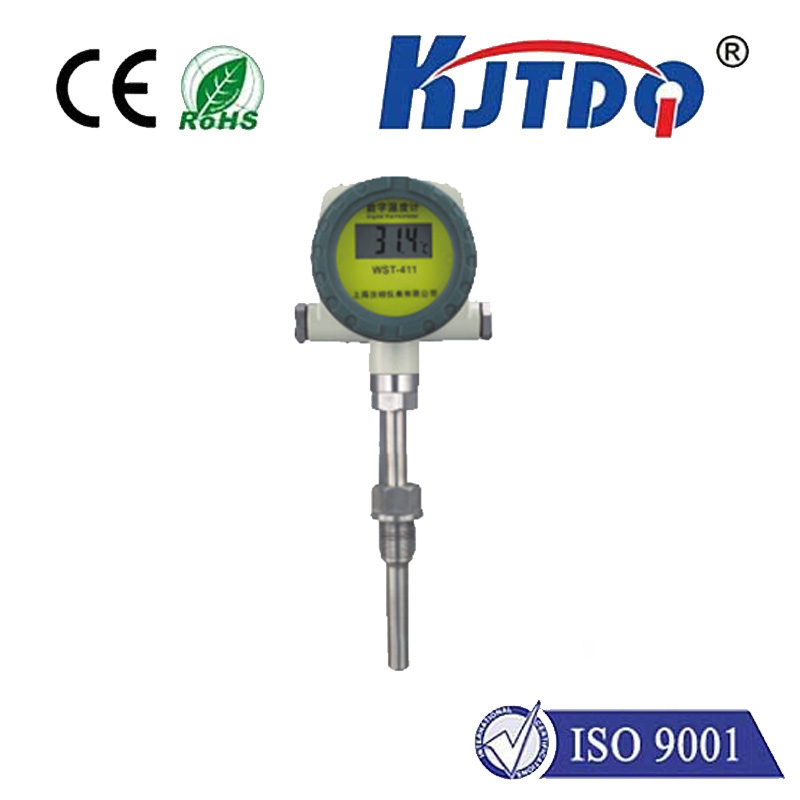Understanding Inductive Sensor Range: A Comprehensive Guide In the world of automation and industrial applications, inductive sensors are indispensable. These devices, which detect the presence of metallic objects without physical contact, are crucial for enhancing efficiency and safety in various processes. However, one of the most critical aspects to consider when selecting an inductive sensor is its range. This article delves into the concept of inductive sensor range, its importance, factors affecting it, and how to choose the right sensor for your needs.
The Диапазон индукционных датчиков refers to the maximum distance at which the sensor can reliably detect a metallic object. This range is influenced by the sensor’s design, the type of metal being detected, and environmental conditions. Understanding this range is essential for ensuring the sensor performs optimally in its intended application.
Accurate detection is paramount in industrial settings, where even minor errors can lead to significant operational disruptions. The range of an inductive sensor directly impacts its ability to detect objects consistently and reliably. A sensor with an insufficient range may fail to detect objects, leading to process inefficiencies or safety hazards. Conversely, a sensor with an excessively long range may trigger false detections, causing unnecessary interruptions.
Several factors influence the range of an inductive sensor:
Sensor Design: The internal components, such as the coil and oscillator, play a crucial role. Sensors with larger coils typically have a longer range, but this may also increase their physical size.
Target Material: The type of metal being detected affects the sensor’s range. Ferrous metals, such as iron and steel, are generally easier to detect and can be sensed from a greater distance compared to non-ferrous metals like aluminum or copper.
Target Size: Larger metallic objects can be detected from a greater distance. Conversely, smaller objects may require the sensor to be positioned closer for reliable detection.
Environmental Conditions: Factors such as temperature, humidity, and the presence of other metallic objects can impact the sensor’s performance. Harsh environments may necessitate the use of sensors with specialized designs to maintain optimal range.

Mounting and Alignment: Proper installation is crucial. Misalignment or improper mounting can reduce the effective range of the sensor.
Selecting the appropriate inductive sensor for your application involves careful consideration of the following:
Application Requirements: Determine the specific needs of your application, including the type of metal to be detected, the required detection distance, and environmental conditions.
Sensor Specifications: Review the sensor’s datasheet to understand its range, operating temperature, and other relevant specifications. Ensure the sensor meets or exceeds your application’s requirements.
Testing and Validation: Whenever possible, test the sensor in the actual operating environment to validate its performance. This helps identify any potential issues before full-scale deployment.
Consultation with Experts: If unsure, seek advice from sensor manufacturers or industry experts. They can provide valuable insights and recommendations based on their experience.
Inductive sensors are widely used across various industries, including:
Производство: For detecting the position of machine parts, monitoring conveyor belts, and ensuring proper assembly.
Automotive: In assembly lines for detecting components, ensuring proper alignment, and monitoring robotic arms.
Продовольствие и напитки: For detecting metallic contaminants in food products and ensuring packaging integrity.
Pharmaceuticals: In packaging and filling lines to detect metallic objects and ensure proper sealing.
To maintain optimal performance, regular maintenance and calibration of inductive sensors are essential. This includes:
Cleaning: Keep the sensor and its surroundings free from dirt, dust, and debris that could interfere with detection.
Inspection: Periodically check for signs of wear or damage, such as cracks or loose connections.
Calibration: Adjust the sensor’s settings as needed to ensure accurate detection. This may involve recalibrating the sensitivity or range based on changes in the operating environment.
The Диапазон индукционных датчиков is a critical parameter that directly impacts the performance and reliability of these devices in industrial applications. By understanding the factors that influence the range and carefully selecting the right sensor for your needs, you can ensure optimal detection and enhance the efficiency and safety of your processes. Regular maintenance and calibration further contribute to the longevity and accuracy of inductive sensors, making them a valuable asset in any industrial setting.
